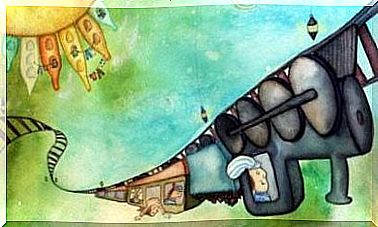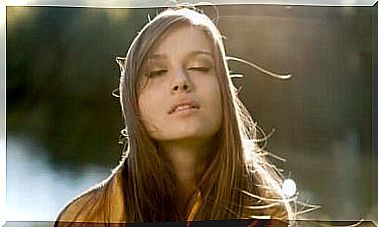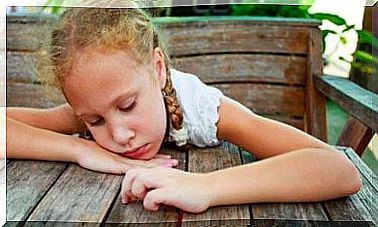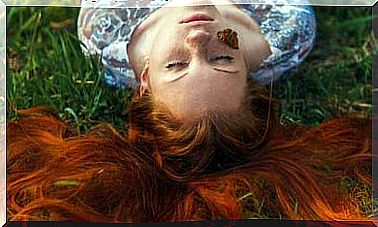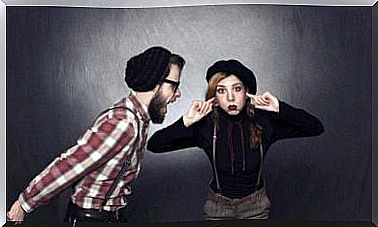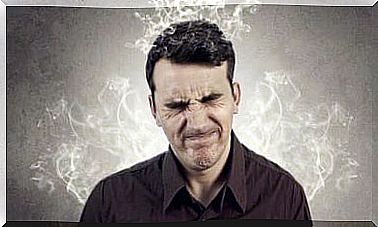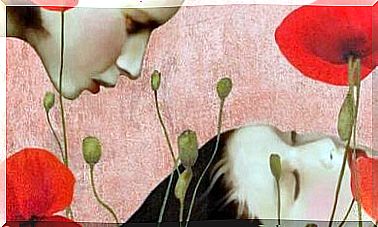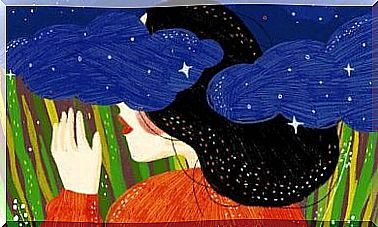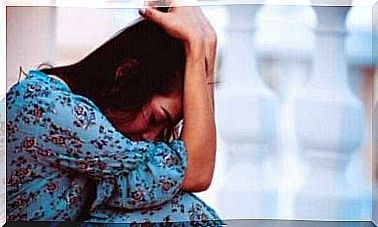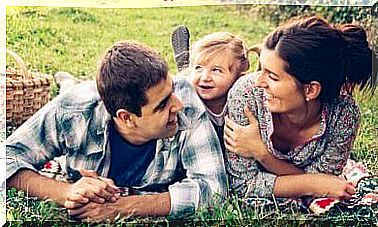Children’s Drawings: Stages And Development
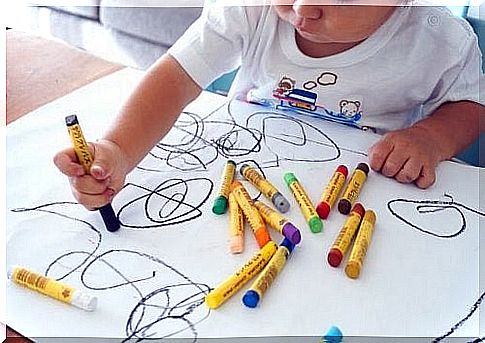
Kids love to draw and it’s their way of expressing their world. They can choose to express something from their imagination or their way of seeing the world. If we look at children’s drawings, we can get an insight into how they perceive the world around them.
The relationship between the images that exist in a child’s brain and their drawings is very close. The mental images are inner imitations, but they appear in drawings. Therefore, if we take a closer look at the qualitative development in children’s drawings, we will gain a better understanding of their symbolic capacity.
The stages in children’s drawings
In this article, we will talk about the studies that Luquet did on the development of children’s drawings. First of all, he stated that a child’s drawings are realistic. The reason is that the child is more focused on drawing the characteristics of reality than its artistic beauty.
The stages in a child’s drawings are: (A) random realism, (B) failed realism, (C) intellectual realism, and (D) visual realism.
Random realism
The art of drawing begins as an extension of the child’s motor skills. Therefore, children’s drawings in the beginning will always be what we call doodle drawings. These doodle drawings are their first experiments using their motor skills. They provide the basis for the stages that will come.
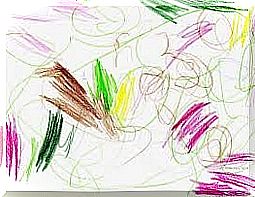
Very quickly, the child begins to find similarities between their drawing and the reality that is around them. If you ask them what they are drawing, they will first say that it is nothing. But as soon as they find a resemblance between their drawing and reality, they will regard it as a real re-creation.
The stage is called random realism because their representation of reality comes after or while the drawing is being made. There was no real intention to draw what it eventually finds out it should be. The resemblance is a coincidence.
However, the child welcomes it with enthusiasm. Once they can see a similarity, they will often want to try to improve it.
Failed realism
At this stage, the child will try to draw something that he is thinking about. Unfortunately, due to various obstacles, they become frustrated and fail. The biggest obstacle is their motor skills. They are not sufficiently developed to reproduce with sufficient precision what the child wanted.
Another problem is the child’s range in attention. They do not pay enough attention to what they are looking at and cannot overlook certain details that the drawing should have.
According to Luquet, the most important aspect at this stage is the “synthetic defects.” It is the child’s difficulty in organizing, arranging and orienting the elements of the drawing. When drawing, the relationship between the various elements becomes very important. A proper organization of these elements is what determines whether the drawing is successful or a failure.
However, at this stage in their development, children may have difficulty with this. For example, if they draw a face, they will put their mouth over their eyes.
Intellectual realism
At the next stage, the child has now overcome the obstacles at the previous stage. Nothing can now prevent the child’s drawing from becoming completely realistic. But it is important to point out that the realism of children is not the same as the realism of adults.
The child cannot accommodate the realities as they see them, but they know how it should be. That is why Luquet calls this stage intellectual realism.
This is possibly the stage that best represents children’s drawings. It is also the most interesting thing for those who study and research it. Through this stage, we will see two important characteristics represented in children’s drawings: “Transparency” and “avoidance.”
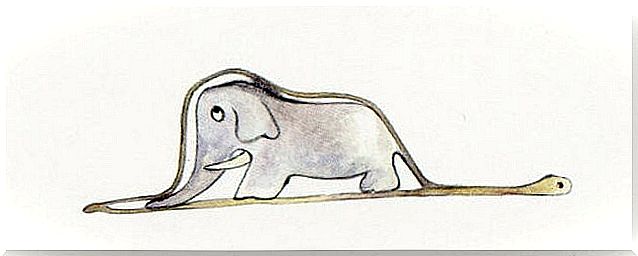
When we talk about “transparency,” we are referring to the fact that the child’s drawing shows things that are hidden. They can remove whatever may stand in the way of certain objects and can make them transparent. For example, they can draw a chicken inside an egg and feet in shoes.
The second process, “avoidance” consists in the child ignoring the object’s perspective. An example of this is to draw the facade of a house vertically and the interior of the house space as seen from above.
These two characteristics show us how visual factors are not relevant when expressing things in their drawings. Instead, the child refers to their mental understanding and tries to capture what they know in their drawings. Therefore, “errors” will occur such as the transparency of hidden things and the lack of perspective in certain objects.
Visual realism
From the age of eight or nine, a child can now draw almost like an adult. Now the child can realistically draw the things as they see it. To do this, the child applies two rules: Perspective and accurate reproduction with the visual model.
Characteristics from the intellectual stage are completely gone. They do not remove visible objects, use simple perspective and keep the proportions in the dimensions. They now have a visual realism.
Because of this, children’s drawings lose their childlike expression. Many children begin to lose interest in drawing because they feel that their drawings will never look realistic.
We can therefore conclude, mentioning that we can see these stages in a child’s development through the drawings, but we must be careful. This development does not happen as a linear function, as we should think, because we will find some who have come much further in the development and others who are further back in all these phases.
Some children who find drawing too difficult will often decide to adopt a strategy for it from an earlier stage.
